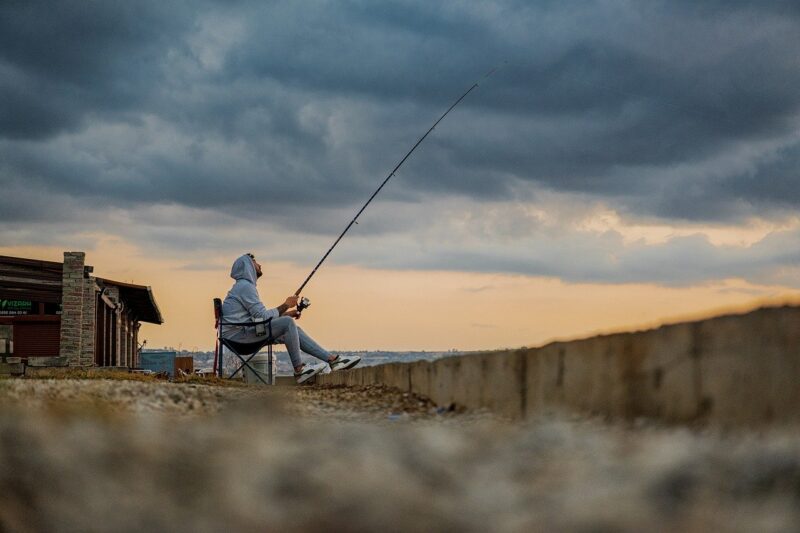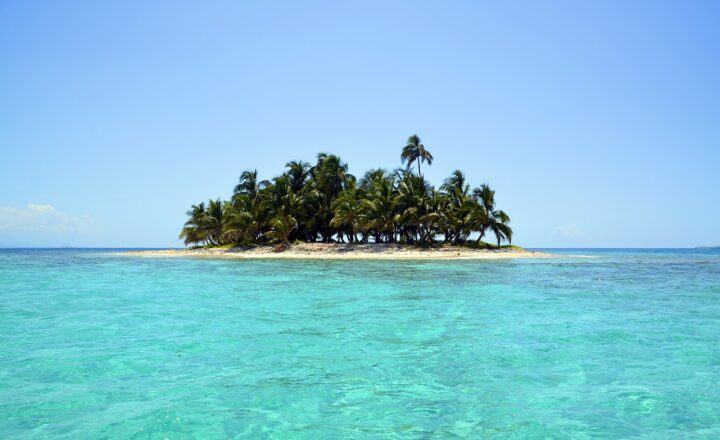
Fishing is more than just a hobby; it’s a way to connect with nature, relax, and create memories that last a lifetime. Whether you’re an experienced angler or a complete novice, setting up a fishing trip can be an exciting adventure. But where do you start? In this guide, we’ll walk you through the essential steps to plan and execute a successful fishing trip anywhere in the world!
1. Choosing Your Destination
The first step in planning your fishing trip is selecting the right destination. The world is filled with fantastic fishing spots that cater to various species of fish and types of fishing.
Here are factors to consider when choosing your fishing destination:
- Type of Fishing: Determine whether you want to fish in freshwater or saltwater. Each environment offers unique species; for example, freshwater fishing can include trout and bass, while saltwater spots can yield tuna and marlin.
- Local Regulations: Research fishing regulations and seasons, as they vary by location and impact your fishing opportunities. Knowing the local laws helps avoid fines and ensures sustainable practices.
- Accessibility: Consider how easy it is to reach your destination. Some locations may require extensive travel while others are more accessible by car or public transport.
- Amenities and Accommodation: Look for nearby lodgings and amenities like restaurants, grocery stores, and tackle shops to enhance your experience.
Start by making a list of your must-haves and research the top fishing locations that meet your requirements. Popular destinations include Alaska, Costa Rica, the Florida Keys, and the Canadian Rockies, each offering distinct fishing experiences.
2. Selecting the Right Time to Go
Timing is crucial when planning a fishing trip. The best times depend on the local fishing seasons and the specific species you target.
Here’s how to choose the ideal time:
- Seasonal Patterns: Research the peak seasons for the fish species you want to catch. Generally, spring and fall are excellent times for freshwater fishing while summer can be ideal for saltwater fishing.
- Weather Conditions: Keep an eye on the climate in your chosen destination. Fish are more active during specific weather conditions, so days with overcast skies often result in better catches.
- Tidal Movements (for saltwater fishing): Understanding tides is vital for saltwater fishing—target times before and after high tide for the best chances of catching fish.
Consult online resources or local fishing guides to gather detailed information about seasonal patterns and the best times to fish in your chosen area.
3. Preparing Your Gear and Equipment
Equipping yourself with the right gear is essential for a successful fishing trip.
Here’s a gear checklist to consider:
- Fishing Rod and Reel: Choose a rod and reel combination suitable for the type of fish you plan to target. Light gear for trout, heavy gear for larger fish like tarpon or marlin.
- Line and Lures: Select fishing line based on the species’ weight and behavior. Lures may vary based on targeted fish species and local bait availability.
- Tackle Box: Organize your tackle box with essential tools such as hooks, weights, scissors, pliers, and first aid supplies.
- Clothing and Safety Gear: Pack weather-appropriate clothing, sunscreen, a hat, and polarized sunglasses. Don’t forget life jackets if you’ll be on a boat, along with insect repellent if you’re in freshwater areas.
If you’re flying, ensure that the airline allows fishing gear and inquire about any extra fees that might be applied.
4. Hiring a Local Guide
Hiring a local fishing guide can drastically enhance your fishing experience. Their expertise can lead you to the best spots and increase your chances of a successful trip.
Consider the following benefits of hiring a guide:
- Local Knowledge: Guides are familiar with local eco-systems, fish behavior, and seasonal patterns, making them an invaluable resource for catching more fish.
- Equipment Provided: Many guides offer the necessary gear, alleviating the burden of transporting your equipment and ensuring you have the right tools.
- Safety Assistance: They can help with navigation and ensure safety precautions are followed, whether you’re on a boat or shore fishing.
To find a reputable guide, check online reviews, consult local fishing forums, or ask for recommendations from fellow anglers.
5. Planning Your Itinerary
Once you’ve chosen your destination, season, and secured the necessary gear and potentially a guide, it’s time to plan your itinerary. A good fishing trip balances fishing with relaxation and exploration.
Consider the following elements while drafting your itinerary:
- Daily Fishing Schedule: Determine how many fishing days you plan on and allocate time for preparation, travel, and rest. Early mornings and late afternoons are generally the best fishing times.
- Exploration Activities: Look into local attractions, hiking trails, or cultural experiences available in the area so you can mix non-fishing activities into your trip.
- Flexible Plan: Build some flexibility into your itinerary. Weather can vary, and fishing conditions may change, so allowing some room for adjustment ensures an enjoyable experience.
Ensuring you have time to unwind and enjoy the environment enhances your overall fishing trip experience.
6. Understanding Local Regulations and Etiquette
Before you embark on your fishing journey, it’s essential to familiarize yourself with local fishing regulations and etiquette. Understanding and respecting the rules ensures not only a successful trip but also the sustainability of fishing resources.
Here are key points to consider:
- Licenses and Permits: Verify if you need a fishing license or permit for your chosen destination. Some locations require them, while others may have specific types of fishing that need additional approval.
- Catch Limits and Size Restrictions: Respect local catch limits and size restrictions, often set to maintain healthy fish populations.
- Leave No Trace: Practice responsible fishing by cleaning up after yourself, disposing of waste properly, and respecting wildlife habitats to protect nature for future generations.
By knowing and adhering to fishing regulations and etiquette, you contribute to conservation efforts so our beloved fishing spots remain thriving for years to come.
Conclusion
Setting up a fishing trip anywhere in the world can be an incredibly rewarding experience, offering restful moments and exhilarating adventures. By following these steps—choosing a destination, timing your trip, preparing gear, and respecting local regulations—you can enhance your fishing journey. Embrace the art of fishing, foster a love for nature, and enjoy the tranquility it brings. With proper planning and an open mind, you’ll create unforgettable memories on your next fishing trip.
Tight lines and happy fishing!





